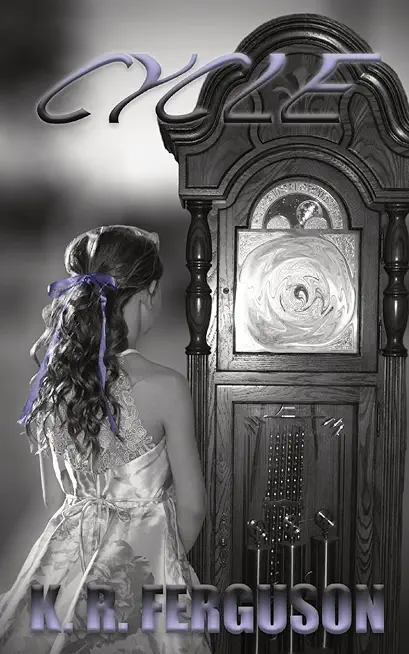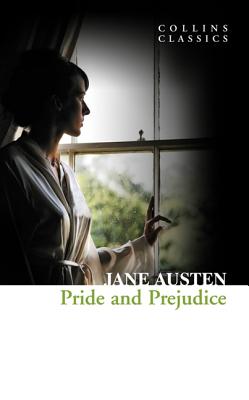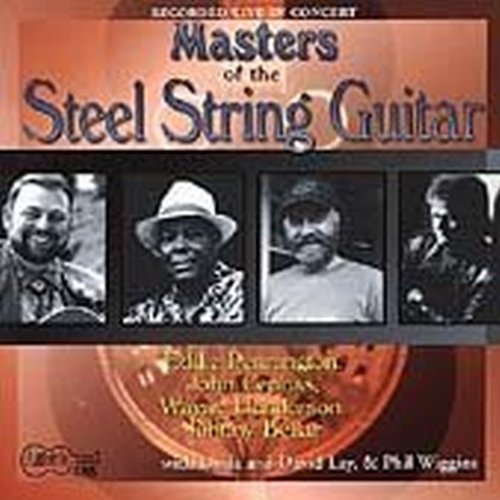
James, Henry
The Golden Bowl is a 1904 novel by Henry James. Set in England, this complex, intense study of marriage and adultery completes what some critics have called the "major phase" of James' career. The Golden Bowl explores the tangle of interrelationships between a father and daughter and their respective spouses.
The novel focuses deeply and almost exclusively on the consciousness of the central characters, with sometimes obsessive detail but also with powerful insight. The title is taken from Ecclesiastes 12: "Or ever the silver cord be loosed, or the golden bowl be broken, or the pitcher be broken at the fountain, or the wheel broken at the cistern. Then shall the dust return to the earth as it was: and the spirit shall return unto God who gave it. Vanity of vanities, saith the preacher; all is vanity."
Prince Amerigo, an impoverished but charismatic Italian nobleman, is in London for his marriage to Maggie Verver, only child of the widower Adam Verver, the fabulously wealthy American financier and art collector. While there, he re-encounters Charlotte Stant, another young American and a former mistress from his days in Rome; they had met in Mrs. Assingham's drawing room. Charlotte is not wealthy, which is one reason they did not marry. Although Maggie and Charlotte have been dear friends since childhood, Maggie does not know of Charlotte and Amerigo's past relationship. Charlotte and Amerigo go shopping together for a wedding present for Maggie. They find a curiosity shop where the shopkeeper offers them an antique gilded crystal bowl. The Prince declines to purchase it, as he suspects it contains a hidden flaw.
After Maggie has married, afraid that her father has become lonely, as they had been close for years, she persuades him to propose to Charlotte, who accepts Adam's proposal. Soon after the wedding, Charlotte and Amerigo are thrown together, because their respective spouses seem more interested in their father-daughter relationship than in their marriages. Amerigo and Charlotte finally consummate an adulterous affair.
Hawthorne is a book of literary criticism by Henry James published in 1879. The book was an insightful study of James' great predecessor Nathaniel Hawthorne. James gave extended consideration to each of Hawthorne's novels and a selection of his short stories. He also reviewed Hawthorne's life and some of his nonfiction. The book became somewhat controversial for a famous section where James enumerated the items of novelistic interest he thought were absent from American life.
This is the only book-length study James wrote about a fellow novelist, and it is not surprising he picked Hawthorne for such extended treatment. The tradition Hawthorne began in American literature - the morally intense exploration of the universality of guilt and the ambiguities of human choice - was clearly carried on by James.
Although James expressed misgivings about some of Hawthorne's more extravagant symbolism and heavy reliance on allegory, he shared his predecessor's constant interest in moral quandaries, divided loyalties, and the inevitable conflicts between imaginative protagonists and intractable reality. James also shared Hawthorne's passion for careful craftmanship and thorough, unsparing analysis of character.
James' ranking of Hawthorne's novels, from The Scarlet Letter down to The Marble Faun, has generally been accepted by later critics. Although James, at least in his earlier work, was more of a consistent realist than Hawthorne, the later novelist's work always betrays the influence of his predecessor's tendency towards metaphorical expression. In James' final novels such as The Golden Bowl, this influence becomes even more pronounced in extended metaphor and complex symbolism.







